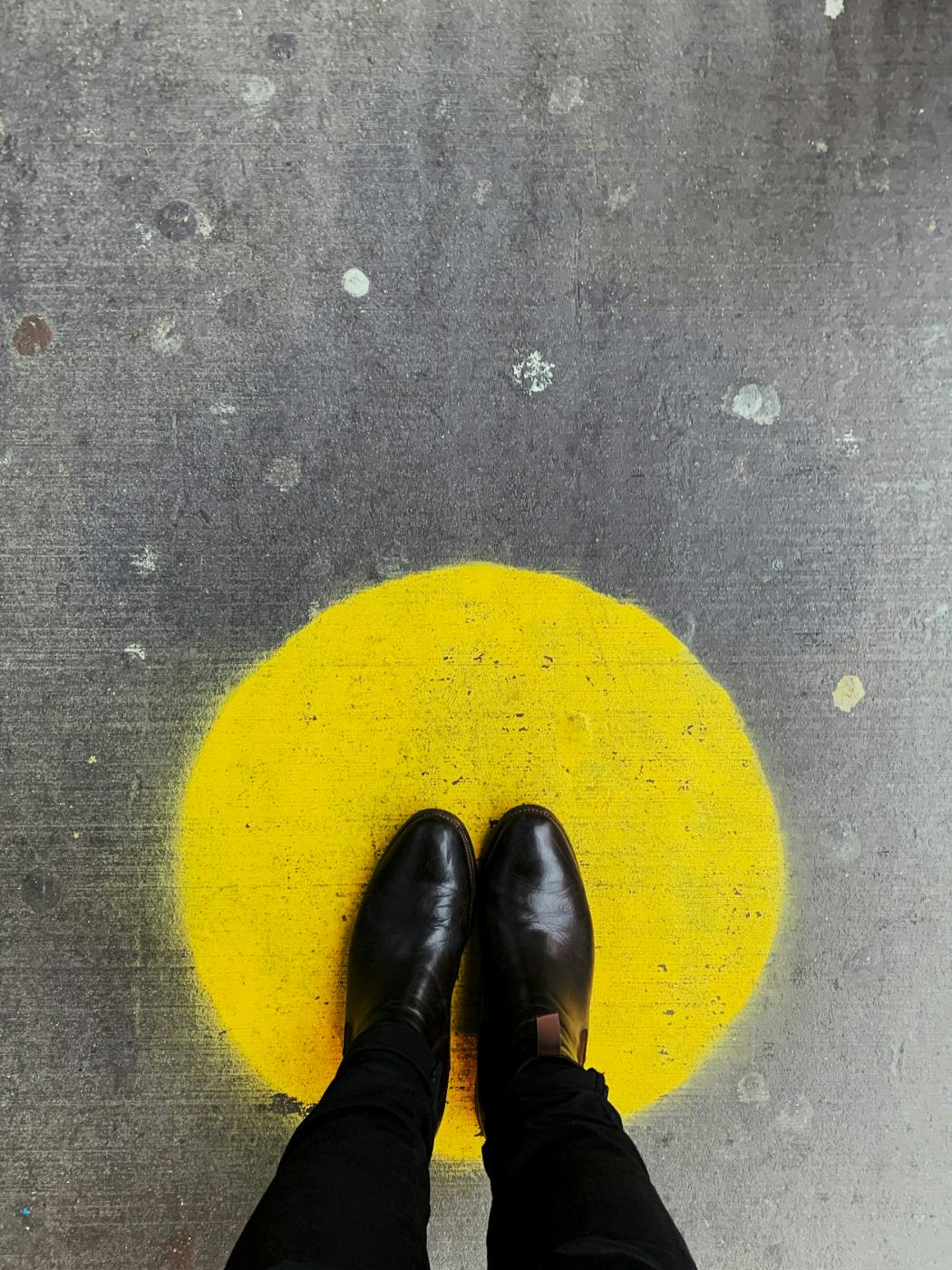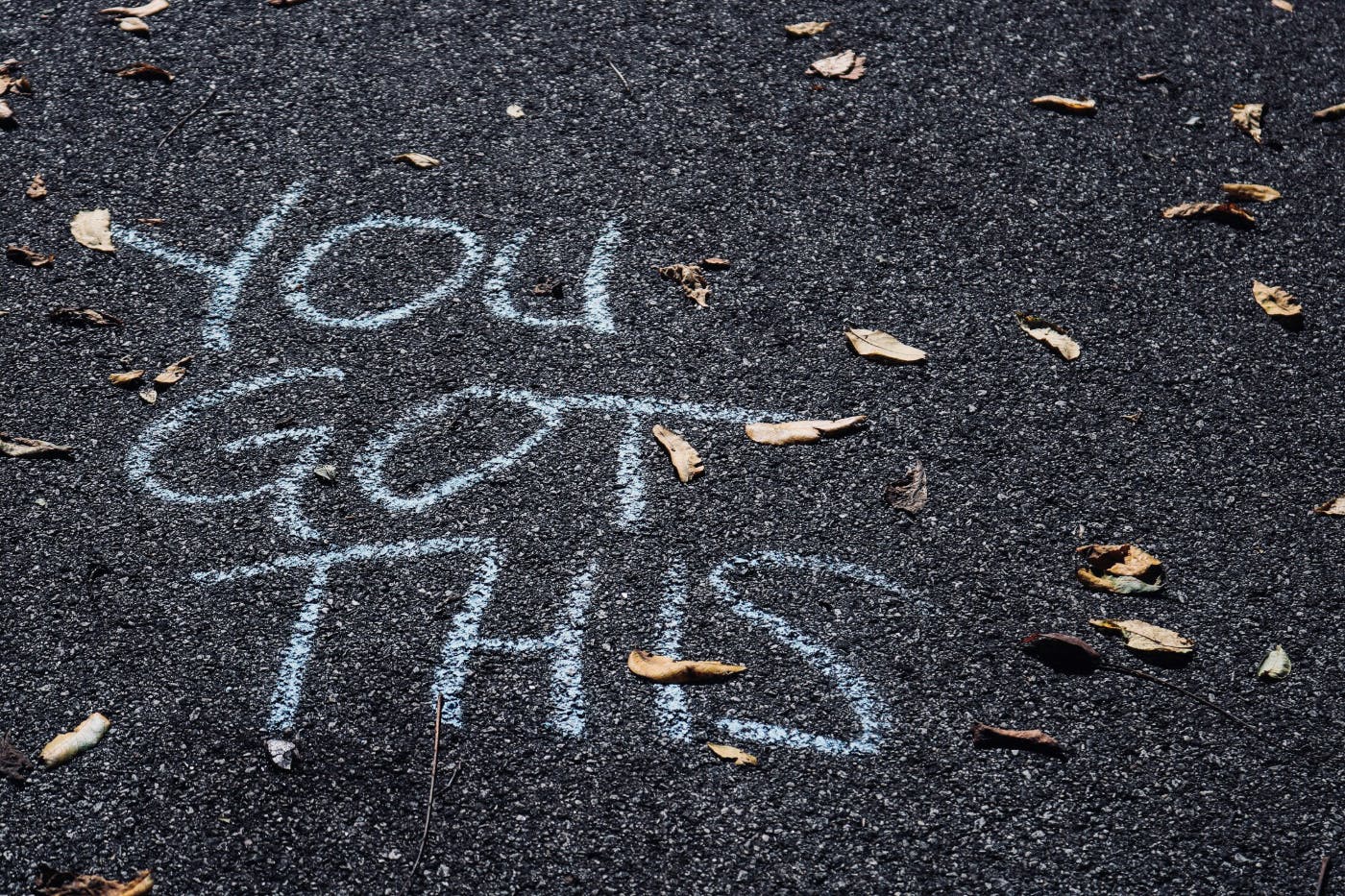
Before it became a hashtag or an excuse to make reckless life choices, carpe diem had a much simpler meaning. The phrase comes from the Roman poet Horace, who used it in his Odes around 23 BCE. The entire line—Carpe diem, quam minimum credula postero—translates to Seize the day, putting as little trust as possible in the future.
What If I Carpe My Diem in a Coffee Shop?
Or a silent monastery?
A few years ago, I was at a low point. I felt untethered, lost. I wasn’t following my passions, I wasn’t creating—I was just… meh. And a life of meh? It’s awful. It pulls the corners of your mouth into a perpetual frown. It makes you answer questions with vague, lifeless grunts. Meh becomes your personality.
I knew I needed a change. Something to snap me out of it. And that’s when a friend hit me with this:
“Dude, we’re going to Costa Rica to fish for sharks. Man, it’s so radical. You’re in the water with them, and sometimes they’re totally cool with you being there, and sometimes… oh, Dude, they just let the instincts kick in, and they get all shark on you. You should come. It’ll be awesome. Carpe Diem, dude.”
Aside from reaffirming that I hate being called dude, this got me thinking: Is this what seizing the day looks like? Do I really need to swim with sharks and hope they don’t “get all shark” on me just to say I’ve carpe diemed?
That didn’t sound appealing. But the idea of getting away? That did.
So I did. But instead of adrenaline and sharks, I chose silence and solitude.
I spent a week at the Monastery of Christ in the Desert in New Mexico, a quiet oasis tucked away in the desert. A silent retreat. For seven days, I woke at dawn, walked to the dining hall, ate, wandered the grounds, wrote in my journal, listened to birds and insects, sat by the river, and tracked the wind as it whispered through the valley.
When my week was over, I felt peace in my heart. I felt renewed. I had stopped the whirlwind of technology, of constant input, and just allowed myself to be present. It was beautiful. Replenishing.
But even weeks after I returned, I couldn’t shake the question: Had I really seized the day?
Where Did ‘Carpe Diem’ Even Come From?
Before it became a hashtag or an excuse to make reckless life choices, carpe diem had a much simpler meaning. The phrase comes from the Roman poet Horace, who used it in his Odes around 23 BCE. The entire line—Carpe diem, quam minimum credula postero—translates to Seize the day, putting as little trust as possible in the future.
Basically, Horace wasn’t telling people to jump out of planes or make impulsive decisions—he was reminding them that life is uncertain, so appreciate what you have now. He meant be present, pay attention, and enjoy today because tomorrow isn’t promised.
A wise sentiment. But like most ancient wisdom, we took it, modernized it, and turned it into something… else.

When Did ‘Living Life’ Become a Stunt?
Somewhere along the way, we decided that "living fully" had to be synonymous with danger. Maybe it started with motivational posters in office break rooms—you know the ones, with the guy climbing a sheer rock face and the word "PERSEVERANCE" in bold letters underneath. Then social media took over, and suddenly, we had influencers free-climbing glaciers with captions like Rise and Grind! You only get one life!
So we scroll through these images, thinking, Well, I didn’t even leave my house today. Am I wasting my life? Should I be ziplining over an alligator pit right now? I wondered if there were rules if there was a carpe diem checklist. Something like:
OFFICIAL CARPE DIEM CHECKLIST
(Because apparently, living isn’t valid unless it’s extreme.)
- Wake up at 4 AM and climb something tall. (If you’re on the ground, are you even alive?)
- Eat something that might kill you. (Bonus points if it’s still moving.)
- Capture everything on video because if it wasn’t posted, it didn’t happen.
- Make eye contact with Death at least once.
- Say something vague and inspirational in a caption. (“She believed she could, so she did.” Did what? Who knows.)
- Collapse into bed with zero energy left because rest is for the weak.
This, according to the internet, is how one properly lives life to the fullest.
But let’s step back—why do we feel this pressure?
How Social Media Warped ‘Carpe Diem'
Once upon a time, "seizing the day" just meant making the most of it in a way that mattered to you. But social media turned that into a competitive sport.
Happiness isn’t just something you feel anymore—it’s something you prove. A moment isn’t meaningful unless it’s filtered, posted, and tagged with #BestLife. A sunrise doesn’t count unless you woke up at 4 AM, hiked a mountain, and captioned it with an inspirational quote you probably didn’t write.
The quiet joys of life—the things that make us truly happy—don’t get engagement. No one goes viral for making a perfect grilled cheese or for sitting outside, watching birds, just being. But a guy hanging off the side of a cliff with nothing but upper body strength and questionable life choices? That gets the likes.
And when everything is curated for an audience, the message becomes clear: If no one sees it, it doesn’t count.
Which is, frankly, nonsense.

What Does It Actually Mean to ‘Be Present’?
Okay, so if carpe diem is really about appreciating today, how do we actually do that? What does “being present” look like in a world constantly trying to distract us?
First, let’s talk about what it’s not. Being present doesn’t mean forcing yourself to love every moment—some moments are boring, frustrating, or just plain bad. It also doesn’t mean doing something epic just because you feel like you should.
Being present is simple: it’s paying attention to the moment you’re in, instead of the one you think you should be in.
It’s:
- Drinking your coffee and actually tasting it instead of scrolling your phone and barely registering that it exists.
- Having a conversation and listening instead of thinking about what you’re going to say next.
- Enjoying a movie without reaching for your phone every five minutes to “check something.”
Presence makes even the simplest things feel meaningful. Distraction makes even the biggest moments feel empty.
Why Doesn’t Tea on the Couch Count?
So, let’s say you wake up on a Sunday morning, make a perfect cup of tea, and settle into the couch with a good book. The world is quiet, the lighting is soft, and for a few golden moments, everything feels just right.
Sounds like a well-seized day, doesn’t it?
Except… according to society’s definition of "living fully," no, it does not.
Because where’s the struggle? The adrenaline? The near-death experience?
We’ve been conditioned to believe that only physical or socially visible activities count as real ways to seize the day. But some of the most profound, life-changing moments don’t happen at 10,000 feet in the air. They happen in stillness. In reflection. In a quiet realization while sipping tea or in the middle of a page, that suddenly shifts the way you see the world.
Maybe it’s time to stop thinking of "seizing the day" as something external and start thinking of it as something internal.
Are There Rules for Seizing the Day?
Here’s the thing—seizing the day isn’t about performing for an audience. It’s not a competition, and it definitely doesn’t come with a set of rules. You don’t get bonus points for being airborne or endangering your spleen.
Because maybe, for someone who’s shy, seizing the day means making eye contact with the barista instead of mumbling their coffee order. Maybe for someone who’s lonely, it means finally sending that text to an old friend. Maybe it’s starting a new hobby or simply giving yourself permission to do nothing at all without guilt.

The Day is Yours—Take It However You Want
If Horace were here today, he’d probably be shaking his head in Latin. This was not what he meant. He wasn’t suggesting that every day should be a high-stakes adventure or that life should be a never-ending series of viral moments. He was simply saying: Be here. Enjoy what you can. Don’t waste your time waiting for some future moment to make life feel worth it.
But somehow, we took that simple, beautiful idea and turned it into an extreme sport. We made it a measuring contest, a scoreboard, a never-ending chase for something bigger, louder, riskier.
And yet, some of the best days aren’t the ones that push us to our physical limits but the ones that remind us why being alive is actually nice. The kind of day where nothing particularly extraordinary happens—yet, for some reason, it feels just right.
The ones spent:
- Laughing so hard with a friend that you can’t breathe.
- Eating the perfect breakfast at the ideal time of day.
- Finding a song that just hits exactly where your soul needs it to.
- Watching a storm roll in while you’re cozy inside.
- Getting lost in a book and forgetting what time it is.
- Finally getting that damn piece of popcorn out of your teeth and feeling triumphant.
None of these things will make you famous. None of them will get likes. But these are the kinds of moments that make life feel good in a way that matters.
So, carpe your diem—whether that means conquering a mountain or conquering your laundry pile: no judgment, no rules, no need for a helmet.
Just don’t let anyone tell you that your spleen needs to be in danger for it to count.
How Do You Seize the Day?
So, let’s rewrite the rules. What’s one way YOU’VE seized the day that had nothing to do with adrenaline, danger, or social media? Maybe it was as simple as staying in bed a little longer because you could. Maybe you finally cooked that recipe you’ve been saving for months. Maybe you just sat in silence for five minutes and let your brain breathe.
Drop it in the comments—I promise, no one here will judge you for choosing tea over skydiving.

